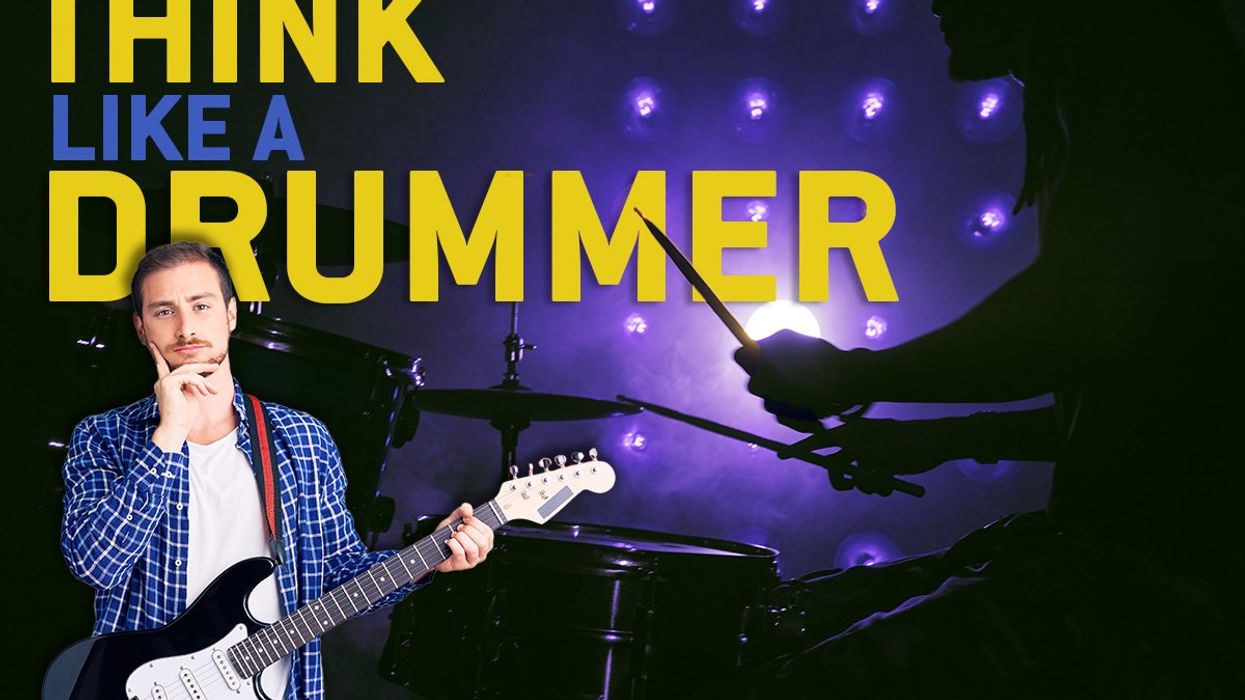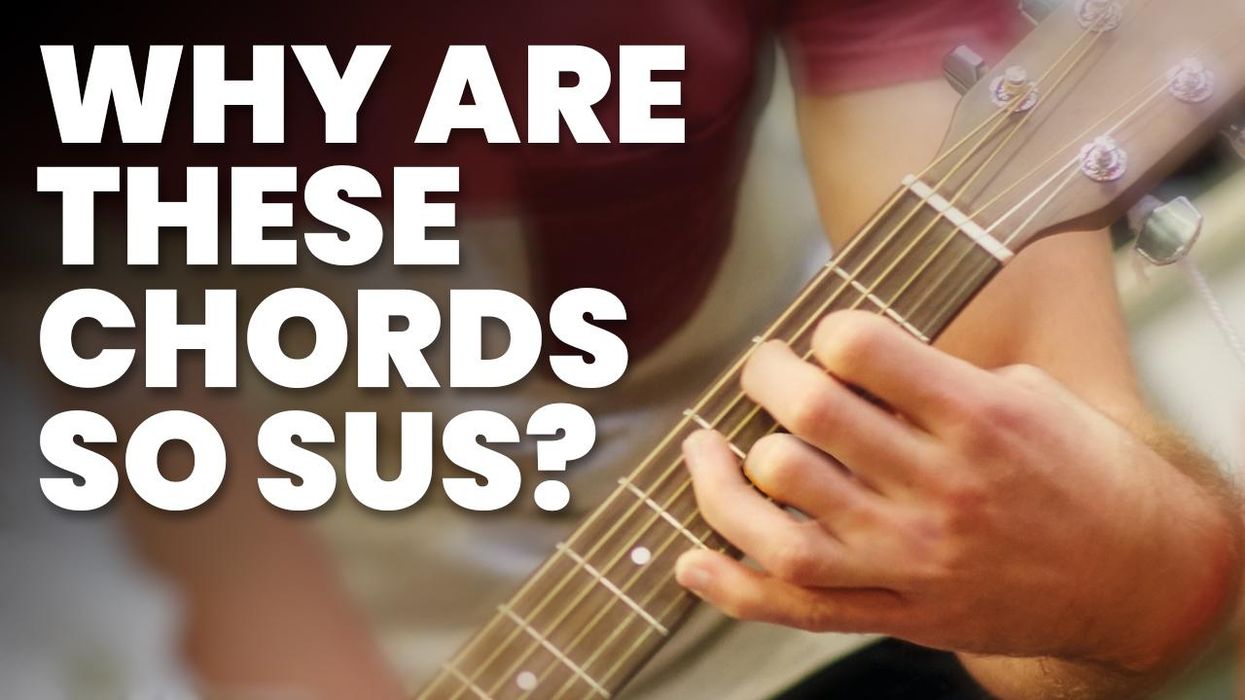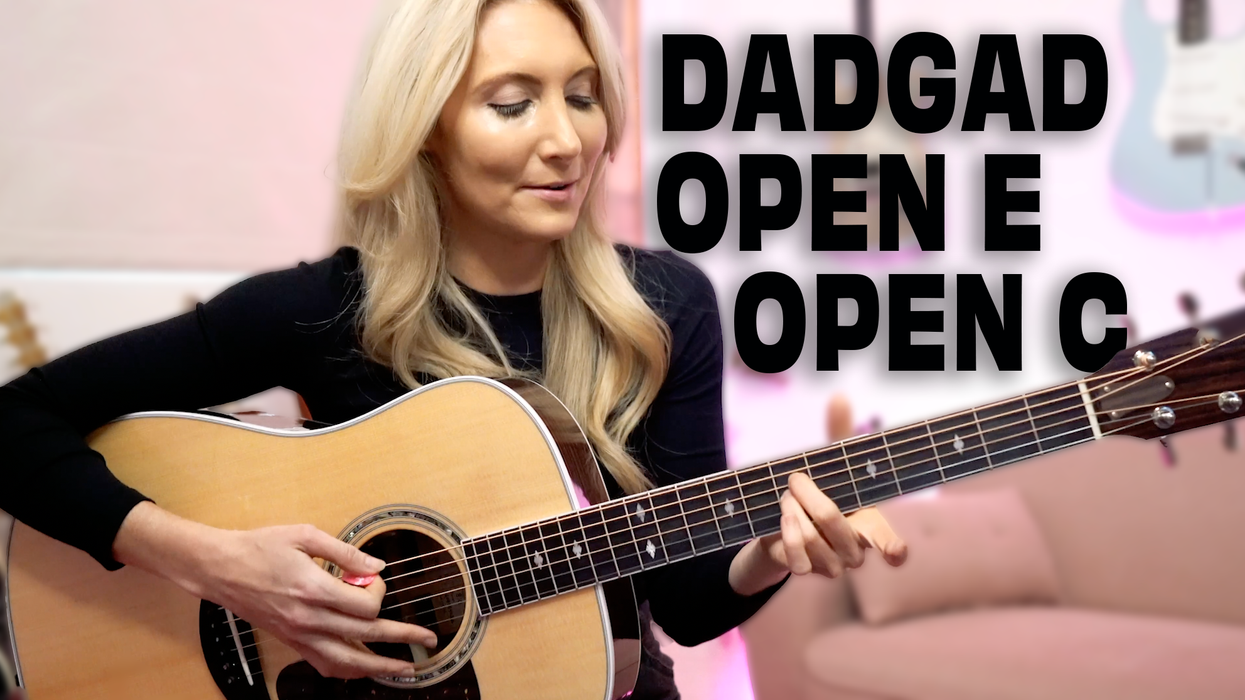It’s hard to know what to practice and how long to practice for. I used to hate practicing, but I have found developing a ritual around it helps tremendously.
In this article, I’m first going to share an important tip on how to approach practicing. Then, I’m going to break down what a practice session looks like for me.
Let me lay out this one very important tip that radically changed the way I approach practicing:
Play, don’t practice.
My state of mind is an essential aspect of my practice sessions. One of my mentors, Bruce Forman, gave me invaluable advice when I was studying with him. He said, “We are never practicing, we are always playing.”
Bruce helped me realize it doesn’t matter if you’re running scales in your room or on a stage performing for a huge crowd—we are always playing. It’s a privilege to play music. Any time that we get with our instrument is a gift and we need to treat it like that. It’s an opportunity to create music, not a task to be completed. If we can reclassify practice into playing, we are already in a better place.
Alright, now that we’re in the right headspace, let’s dive into what my hour-long practice session consists of.
The First Five
When I first pick up my instrument, I give myself a little time to connect with it. It’s like when you wake up in the morning and need a few minutes to remember who you are and what you are doing. The same concept applies to the guitar: Take those few minutes to reacquaint yourself with it. I find that giving myself that moment to breathe with my instrument helps me be more musical during the practice session, which then continues on to live performances.
Also, I’ve found that this time has helped me tremendously with my tone. It sets a precedent of more conscious playing. I am listening to what sounds I am producing, and playing dynamically.
I typically choose a mode, a key, or a sound, and just go—chords, single notes, phrases. Your first five minutes is a great time to work on a new scale you’re learning. Instead of just running a new scale up and down, make music with it. Explore!
In Ex. 1 I’m exploring E Dorian (E–F#–G–A–B–C#–D). I am listening to my guitar, trying to connect with it, and create music. Notice that I am playing chords and single notes. some things are in time, and some things are rubato. There are no rules. I just play.
Something Brainy (10 Minutes)
Reading music notation at the start of my practice gets my brain and hands working together. This doesn’t have to be for an extended period of time. Even reading through an excerpt a couple of times can be a good way to start your practice with a solid foundation. Sight reading was not a part of my routine for a long time, so coming back to it has been eye-opening. Not only does it make me a stronger reader, but it also helps me play more fluidly. The first five minutes is my emotional warm up, this is my mental warm up.
If you are not a sight reader, I suggest putting something else “brainy” here. Maybe it’s a technical exercise, or running a new scale, maybe even new chord voicings. But keep in mind, it’s never too late to start reading.
Deep Dive (35 minutes)
The majority of my practice is spent on one specific thing that I go deep on. This is often a song I am working on. During this time, I develop ways to approach the chords and improvise over the song. This portion has a couple of main elements to it.
Record Yourself!
A very important aspect of practicing is recording and listening back. One of the hardest things to do is to hear yourself play, but on the flip side, it’s also a guaranteed way to improve. It hurts, but I promise you, recording yourself and listening back will help you improve as a guitarist and as a musician.
Variation, Exploration, and Regimentation
I give myself rules to follow, and then I record and listen back to see if I accomplished what I set out to do. I’ve found that giving myself structure to work around is a great way to force myself to actually be creative. I open new doors by having to come up with a way to work around the “rules” instead of slipping back into doing the same things I always do. Below, I walk you through what this all means. Over the following examples I’ll improvise over a C–E7–F–G progression.
Below are examples of “rules” I make for myself. I do each task a handful of times before moving on, but always stopping to listen back to the recording of myself.
Developing a Motif
In Ex. 2 I am still thinking of a melody, because melody is king, but I am using sixths as a way to develop a motif.
I am developing a rhythmic and melodic motif in Ex. 3. While the rhythmic motif repeats, I’m keeping an E melody note central to the theme.
Play Melodies, Don’t Play Licks
In Ex. 4 I’m simply thinking of melodies. I don’t think about playing cool scales or sounds, but rather just let my instrument sing. Sometimes I think of a beautiful melody and try to emulate that in my playing. This helps put me in the right zone, so I don’t play like a guitarist, but rather as a composer.
Focus on One Range
We all do it. We have our comfort zones and avoid certain areas of the guitar. This is a good time to work on those less cozy areas of our instruments. In Ex. 5 I am playing only below the 5th fret on the bottom three strings.
There are countless rules. Make up your own and see what new doors open for you!
Putting It All Together (10 minutes)
After playing through the progression with rules, I then play without rules to see what comes out. I find that I am most free during this part of my practice. After going through so many tasks, I have more control over what I do. This allows me to play what I hear, not just licks.
Notice in Ex. 6 that the things I worked on come out in my playing: various ranges, 6ths, and melodies.
Have fun. And wash your hands.
























